Renowned Paintings Celebrating Flora and Fauna
Today’s chosen theme: Renowned Paintings Celebrating Flora and Fauna. Step into galleries where petals glow like stained glass and animals gaze back with living intensity. We’ll trace masterworks across eras, uncover the stories behind their blooms and beasts, and invite you to share your favorites, subscribe for more artful nature journeys, and help curate our next exploration.
A Garden on the Easel: Iconic Floral Masterpieces
Claude Monet cultivated his pond at Giverny as carefully as any painting, planting water lilies to choreograph ripples, reflections, and changing light. Standing before the vast panels at the Musée de l’Orangerie, you sense weather itself breathing. Tell us which season’s light speaks to you most—and subscribe to follow more nature-rich gallery routes.
Georgia O’Keeffe enlarged flowers until they became landscapes of color and edge, pulling viewers into a kind of meditative attention. Her magnified blooms refuse to be mere decoration; they insist on presence. Which O’Keeffe floral would you hang near a window for morning light? Share your pick, and pass this page to a friend who loves desert horizons.
In Primavera, Botticelli scatters blossoms through a mythic orchard where Flora transforms spring into a living tapestry. The flowers are not just pattern; they carry symbolic meanings that Renaissance viewers read like poetry. If you could plant one symbolic flower from the painting in your garden, which would it be—and why?
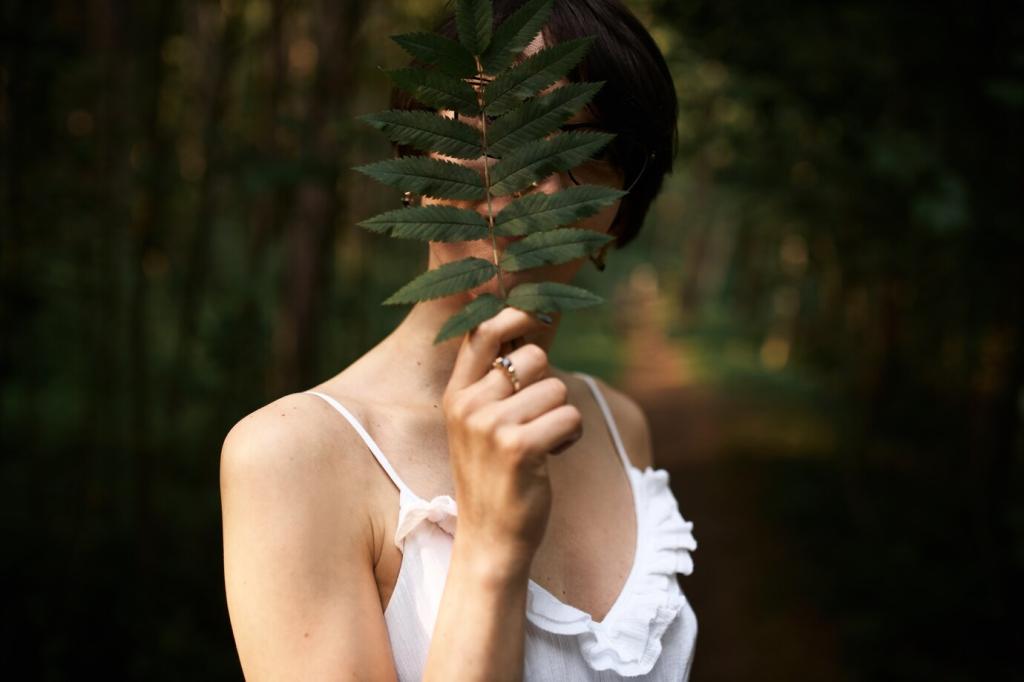
Wild Companions on Canvas: Animals as Muses
Dürer’s Young Hare and the Art of Observation
Albrecht Dürer’s Young Hare, with its quivering whiskers and luminous fur, feels alive because observation here borders on devotion. Every hair is a brushstroke prayer. Have you ever sketched a creature from life? Tell us what detail surprised you most, and join our mailing list for more stories of close seeing.
Rousseau’s Tiger in a Tropical Storm
Henri Rousseau’s Tiger stands striped against wind and rain, a dream of the jungle brewed from Paris hothouses and books. The storm thrums through leaves like a drumbeat behind the predator’s startled eye. Which weather-laden painting of wildlife would you brave to see in person? Comment with your adventurous pick.
Rosa Bonheur’s Powerful Herds
Rosa Bonheur studied animal anatomy obsessively, visiting slaughterhouses and fields to earn the authority behind her monumental scenes. In The Horse Fair, muscles surge like rivers under skin, disciplined yet wild. Share your most memorable animal portrait in art and tell us what emotion the painter captured best.
Dutch Still Lifes: Science, Symbol, and Bloom
Vanitas Bouquets and Fragile Time
Petals bruise, candles gutter, and shells gleam beside skulls: vanitas painters composed floral theaters where mortality whispered behind every bloom. The message was not despair but perspective—hold beauty gently because it fades. Which vanitas symbol would you add today, and what would it teach? Share your modern emblem below.
Rachel Ruysch’s Botanical Precision
Rachel Ruysch painted with a botanist’s care, arranging tulips, peonies, and wildflowers into spiraling compositions alive with light. Her surfaces breathe pollen and dew. Next time you visit a museum, lean close and hunt for a petal edge that astonishes—then tell us where you found it so others can look too.
Insects, Dew, and the Micro-Dramas
Beetles nibble, butterflies balance, and droplets magnify small catastrophes in Dutch bouquets. These tiny actors stitch flora and fauna into a single ecological stage. On your next museum trip, count the hidden insects in one painting and report back—let’s make a communal field guide for curious eyes.
Brush, Glaze, and Fur: Techniques that Animate Nature
Glazing for Petal Luminosity
Thin transparent layers—glazes—let light dive through color and bounce back, making petals seem to glow from within. Think of tulips lit like lanterns. If you paint, try a warm underpainting and cool glazes; then share your results with our community for gentle, nerdy feedback.
Impasto, Texture, and the Sense of Touch
Impasto piles paint so thick it catches real shadows, perfect for ridged leaves, bark, and rugged fur. Texture invites the eye to imagine touch. Have you seen a canvas where the paint itself felt botanical? Tell us which museum wall made you want to reach out—hands respectfully in pockets, of course.
Whiskers, Feathers, and the Fine Line
Miniature brushes, swift wrist flicks, and negative-space drawing give whiskers and feathers their spring. Precision grows from patience and breath. If you sketch animals, time your strokes with your breathing and let us know whether your lines felt livelier after the experiment.
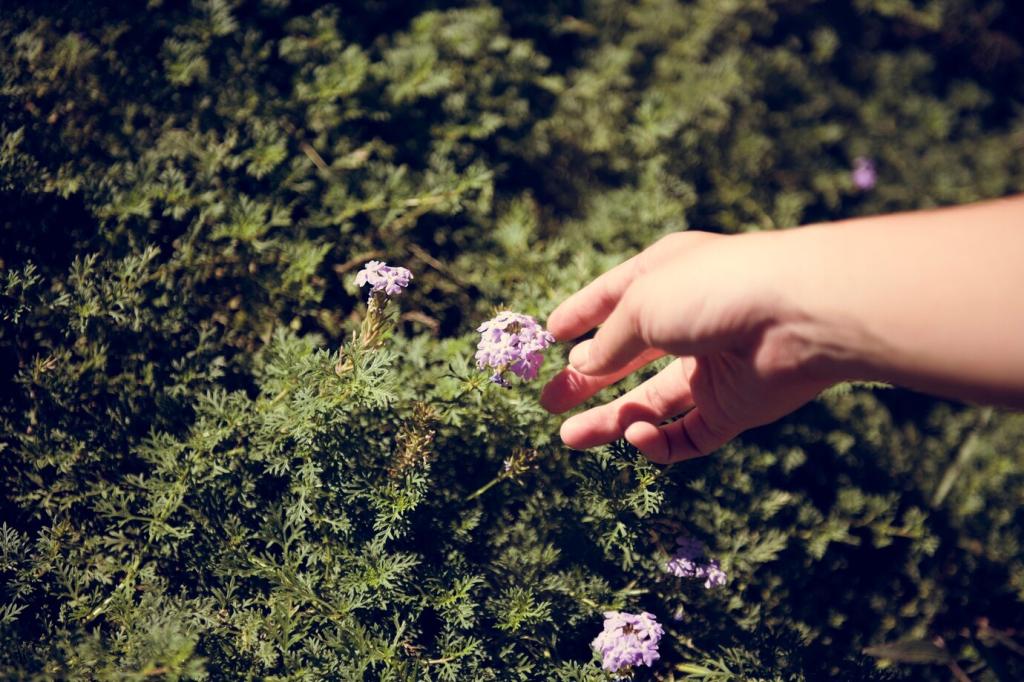
Walton Ford’s huge watercolors borrow the look of natural history plates but twist them with narrative tensions. Animals loom gorgeous and uneasy, asking what we demand of them. Which painting made you reconsider a species you barely noticed before? Share, and invite a friend to join this conversation.
From Easel to Earth: Art Inspiring Conservation
Alexis Rockman paints speculative ecosystems where history, industry, and biology collide. His fauna and flora wear the future on their skins, beautiful and alarming. After viewing his work, what small conservation habit would you adopt this week? Post your pledge and encourage others to mirror it.
From Easel to Earth: Art Inspiring Conservation
Museums and Trails: Where to Meet These Works
Wander Monet’s garden in Giverny, then glide into the oval rooms at the Musée de l’Orangerie, where water lilies surround you like a quiet lake. Share photos of your favorite reflection and tag us so fellow readers can chart the same serene route.
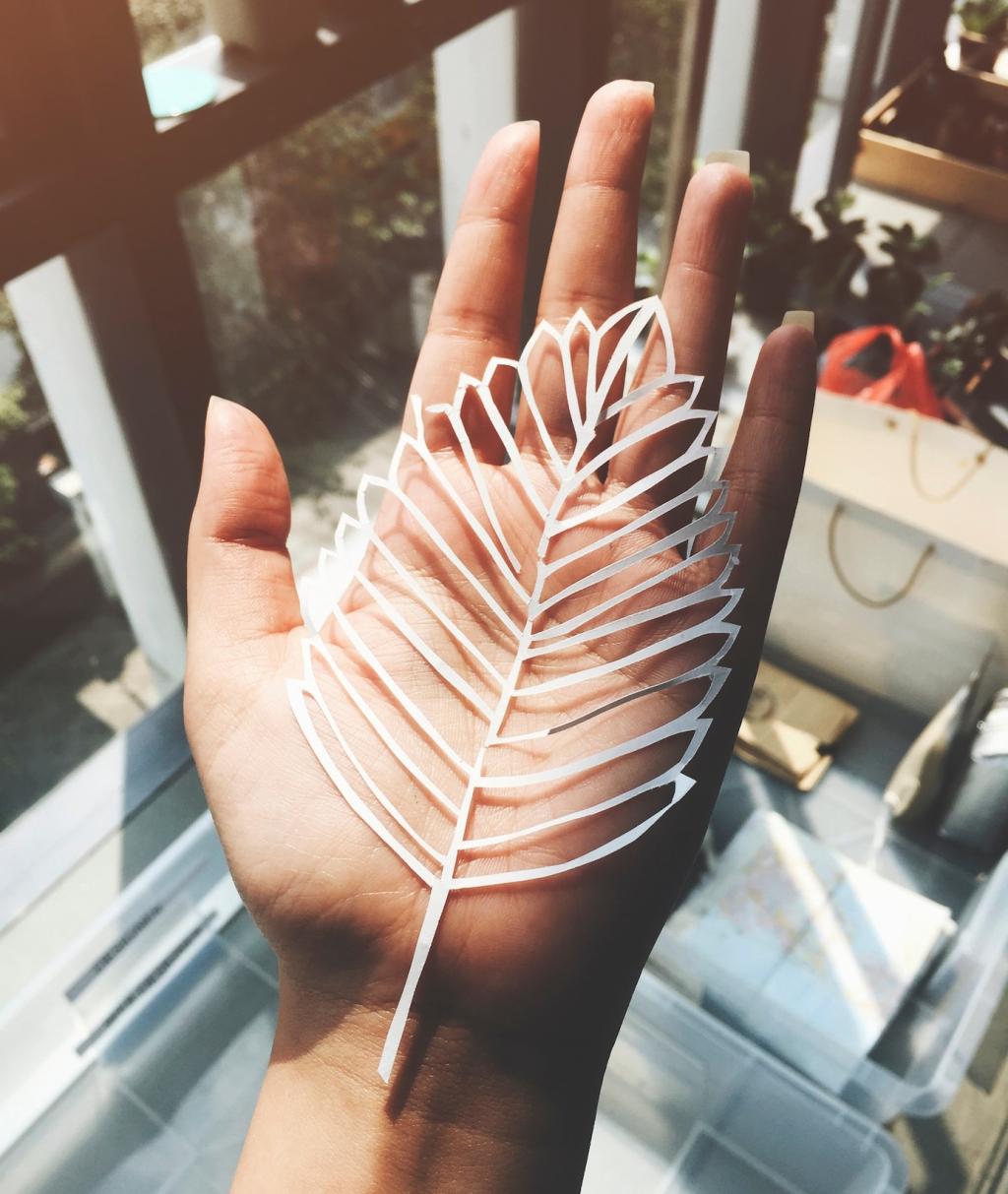
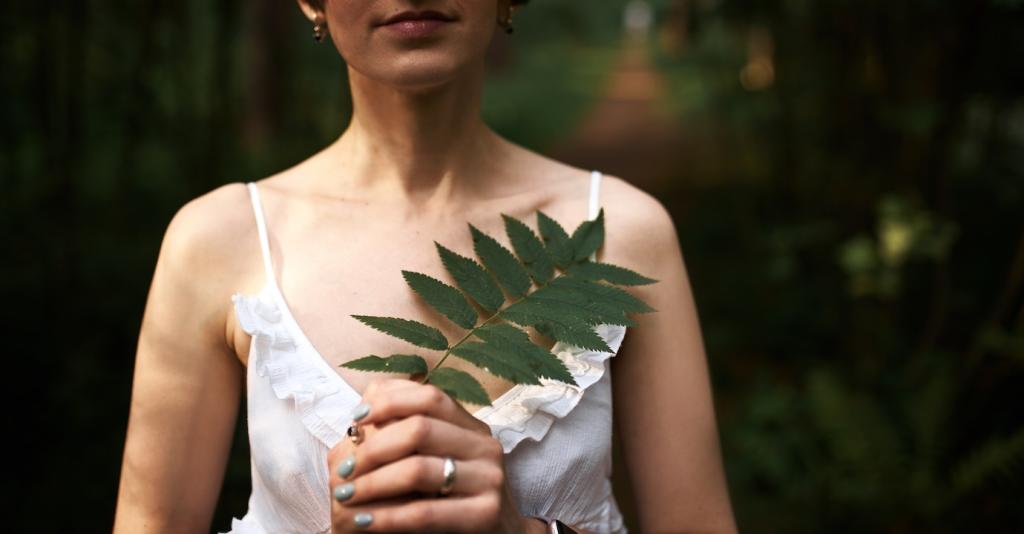
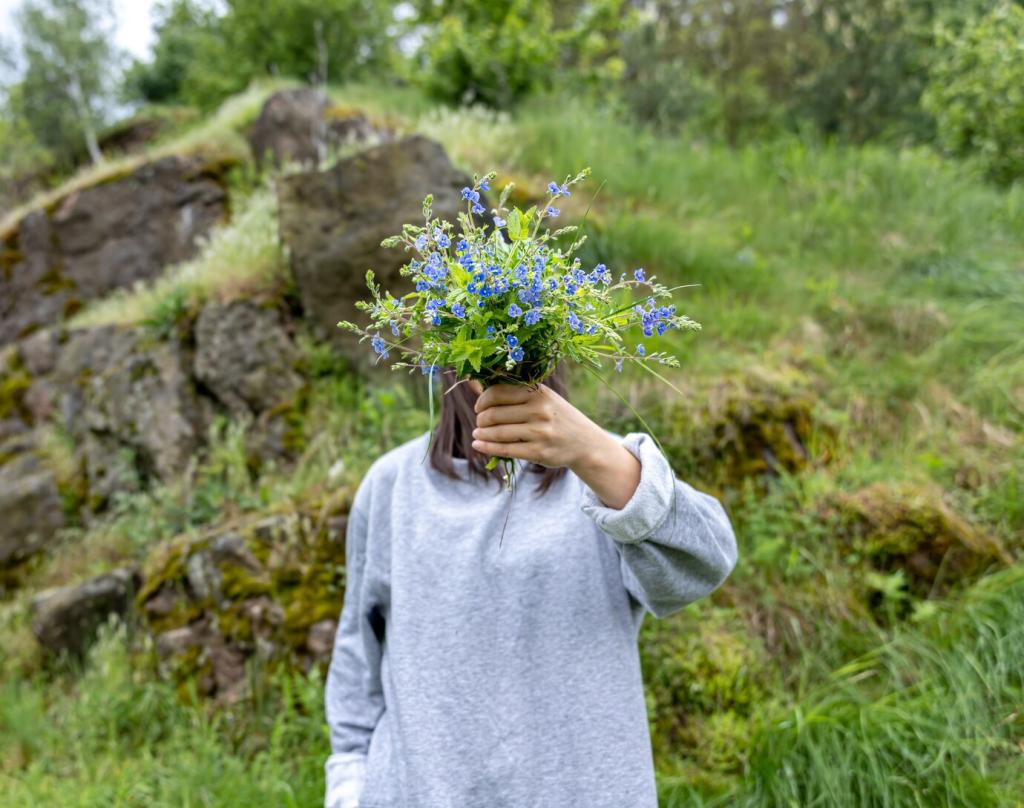
Join the Garden: Read, Respond, Return
Which renowned painting of a flower or animal do you return to when you need calm, courage, or clarity? Tell us why it matters, and link a museum page so others can experience it too.
Join the Garden: Read, Respond, Return
Each season, we gather a fresh bouquet of stories around flora and fauna in art—artist spotlights, technique notes, and travel ideas. Subscribe now to receive the next issue and never miss a blooming moment.
Join our mailing list
